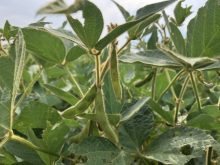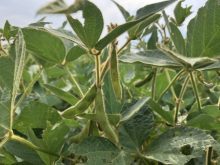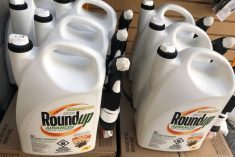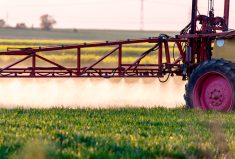Glacier FarmMedia — Pesticides are increasingly under attack in the United States and that is keeping farm leaders awake at night.
“We are concerned as farmers about rules and regulations coming out of EPA when it comes to herbicides,” Josh Gackle, president of the American Soybean Association (ASA), said during the general session of the 2024 Commodity Classic conference.
The U.S. Environmental Protection Agency recently proposed a herbicide strategy designed to bring the agency’s registrations into compliance with the Endangered Species Act.
Read Also
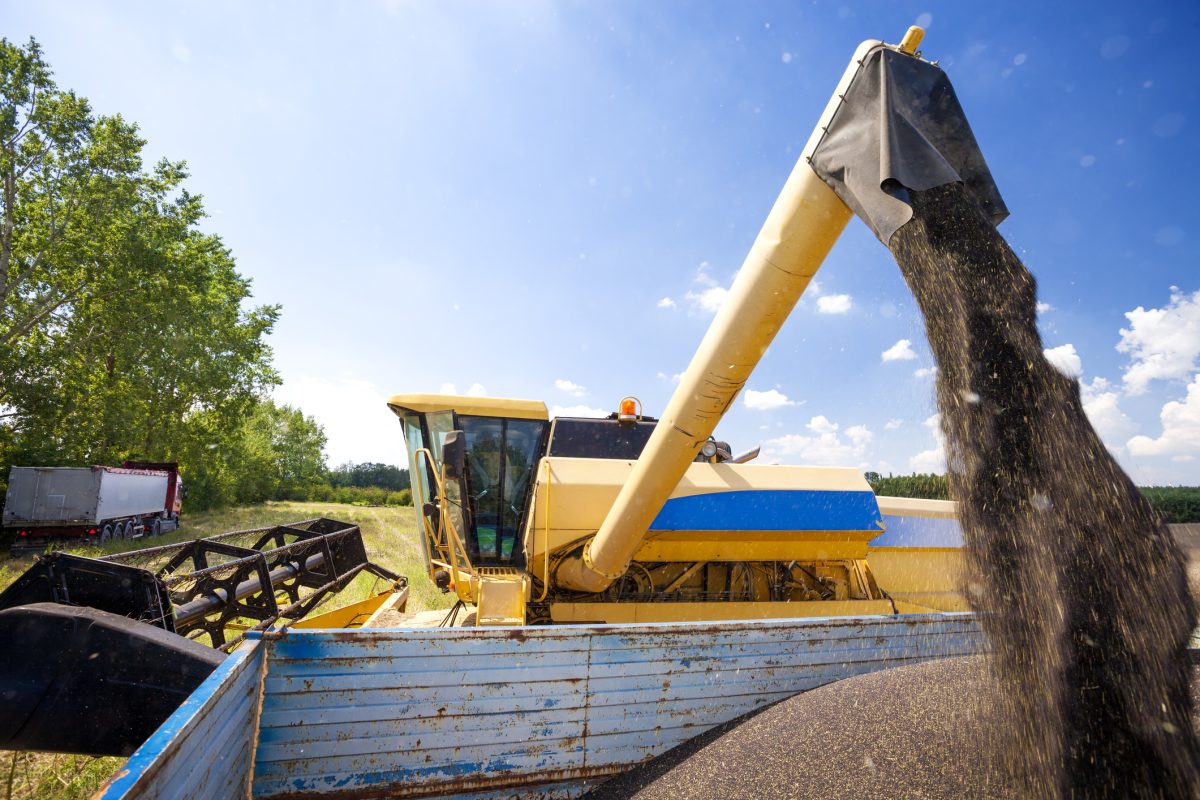
ICE Canada Weekly: Canola poised to slip below C$600/tonne
Look for November canola to slip below C$600 per tonne by the end of Thanksgiving week, said Phil Speiss, trader with RBC Dominion Securities in Winnipeg.
Courts have consistently ruled that the EPA is not properly evaluating the impact pesticides have on endangered species, and the proposed strategy is the EPA’s attempt to address those concerns.
Gackle said the ASA has no problem with the EPA meeting its legal obligations, but the policy must be something that could be implemented on farms and that is not the case with the proposed strategy.
For example, the strategy calls for farmers to seek guidance from the U.S. Fish and Wildlife Service 30 days before applying a pesticide in areas where endangered species reside.
“We don’t know three days ahead of time what we need to be spraying in our fields,” Gackle said during an interview.
“Something like that just doesn’t work.”
A survey conducted by the ASA indicates 80 percent of producers would not comply with the EPA’s proposal and would face “moderate to extreme” costs to become compliant.
“The proposal would likely require billions of dollars for farmers across the country to implement and could prevent some farmers from using certain herbicides entirely,” the ASA said in a news release.
That is why soybean growers were relieved when the EPA announced it is extending the deadline to finalize the strategy by three months to Aug. 30, giving the agency more time to consider feedback from farm groups and others.
“They are taking our input, so that’s a hopeful sign,” said Gackle.
He also praised the agency for its quick action in the dicamba case.
Growers were blindsided by a federal district court in Arizona that vacated the 2020 registrations for a variety of dicamba products used on 50 million acres of U.S. corn and soybeans.
The ruling meant growers couldn’t use millions of dollars worth of product for the 2024 growing season and would have seriously jeopardized yields.
However, the EPA stepped in and ruled that growers can use existing stocks of the product that were packaged, labelled and shipped before the Feb. 6 court ruling.
“We feel like we stopped the bleeding there and saved a lot of families a lot of money,” EPA administrator Michael Regan told reporters during the Commodity Classic, a conference that drew a record 11,500 guests.
U.S. agriculture secretary Tom Vilsack praised his colleague.
“Every time I think I’ve got a tough job, I say to myself, ‘thank God I’m not the EPA administrator,’” he said during his speech to the delegates.
Vilsack said Regan has to deal with interest groups, Congress and courts telling him what to do and when to do it.
Regan said there is a 20-year history of courts telling the EPA what to do, and it creates difficult situations such as the dicamba incident.
“No grower wants to wake up in the middle of a growing season to be told one of the tools in the toolbox is now taken away,” he said.
Gackle noted that the dicamba registrations for 2025 and beyond are now under the microscope.
He anticipates product manufacturers will come up with labels that are more restrictive so they don’t face another legal battle.
Gackle expects final cut-off dates for application of the product may be earlier and buffer zones could be increased.
Brent Cheyne, president of the National Wheat Growers Association, said farmers recently had a big win in a legal battle with California over Proposition 65, which would have banned the use of Roundup in the state.
“After six long years of litigation we prevailed,” he said.
“It was a long and arduous battle and there were times I questioned (if) we would win.”
Cheyne said Roundup makes no-till possible, a practice that builds topsoil, reduces air and water pollution and creates better habitat for wildlife.
He said pesticide regulations need to be based on peer-reviewed science from bodies such as the National Academy of Sciences rather than “hocus pocus science.”
“We have to have our crop inputs protected,” he said.
“People need to realize we’re not just out there spraying for something to do. It costs a lot of money to do it.”
—Sean Pratt writes for the Western Producer.




